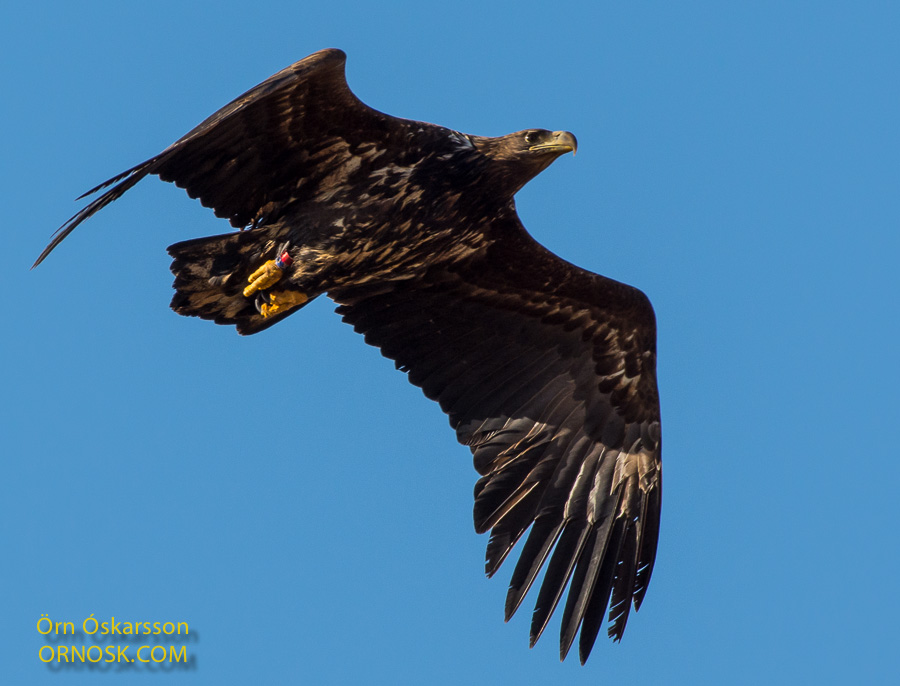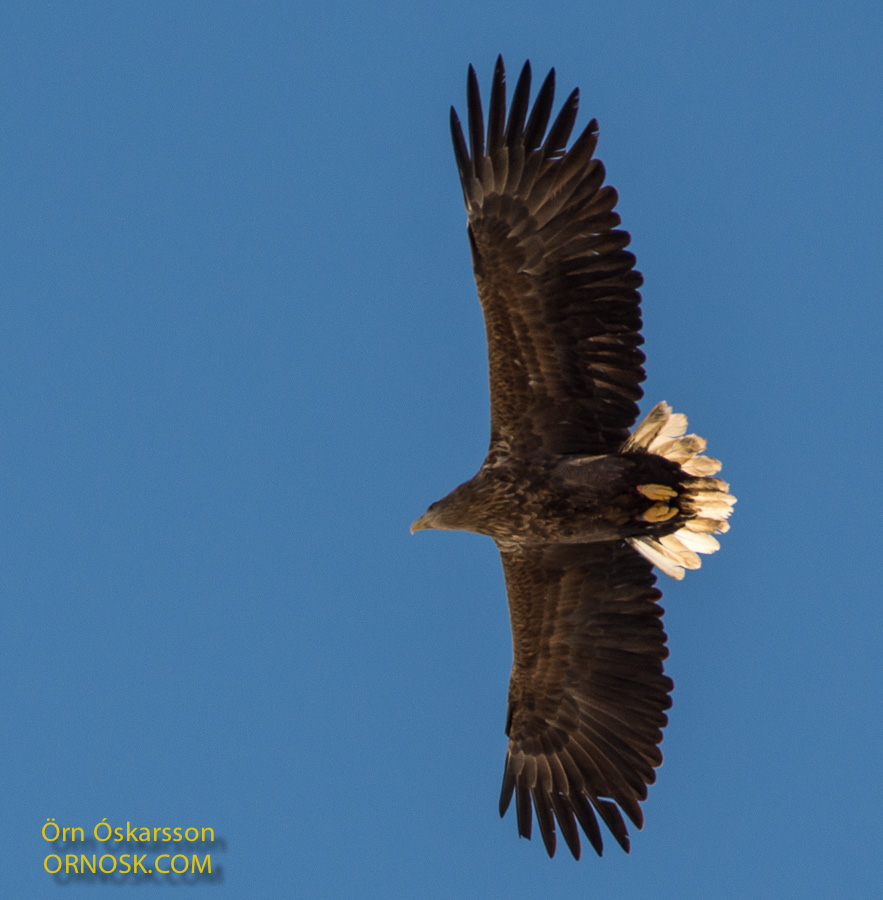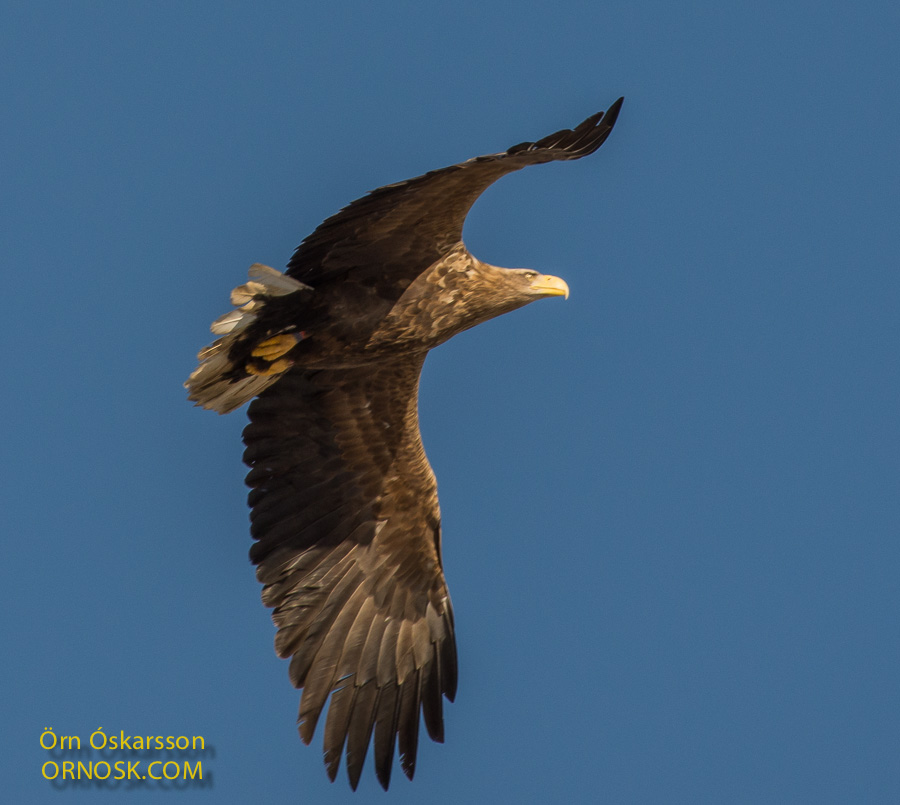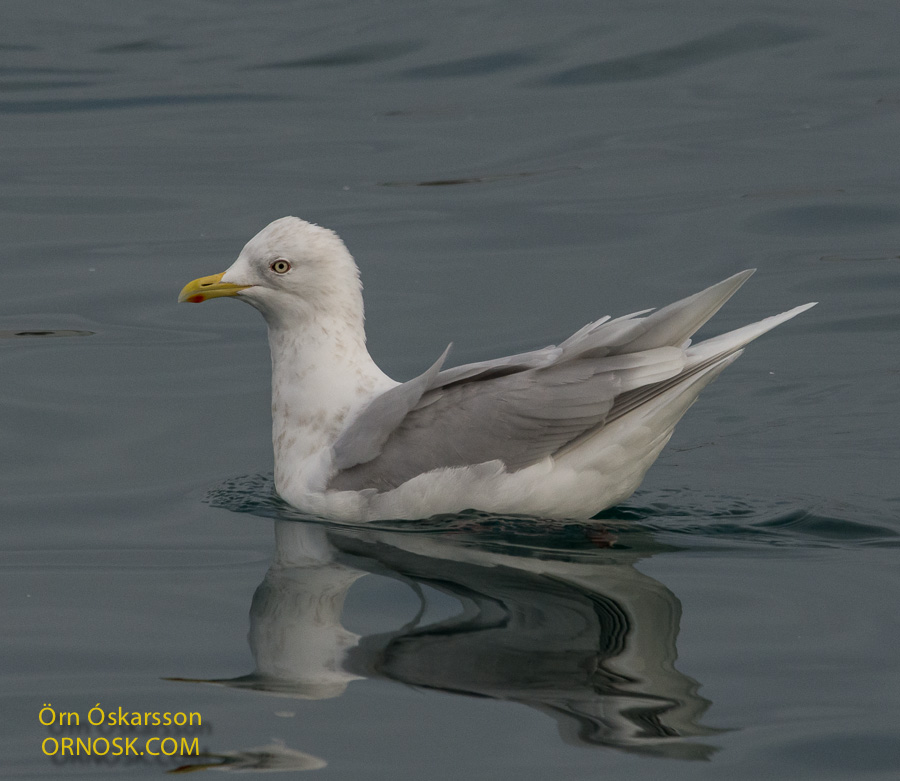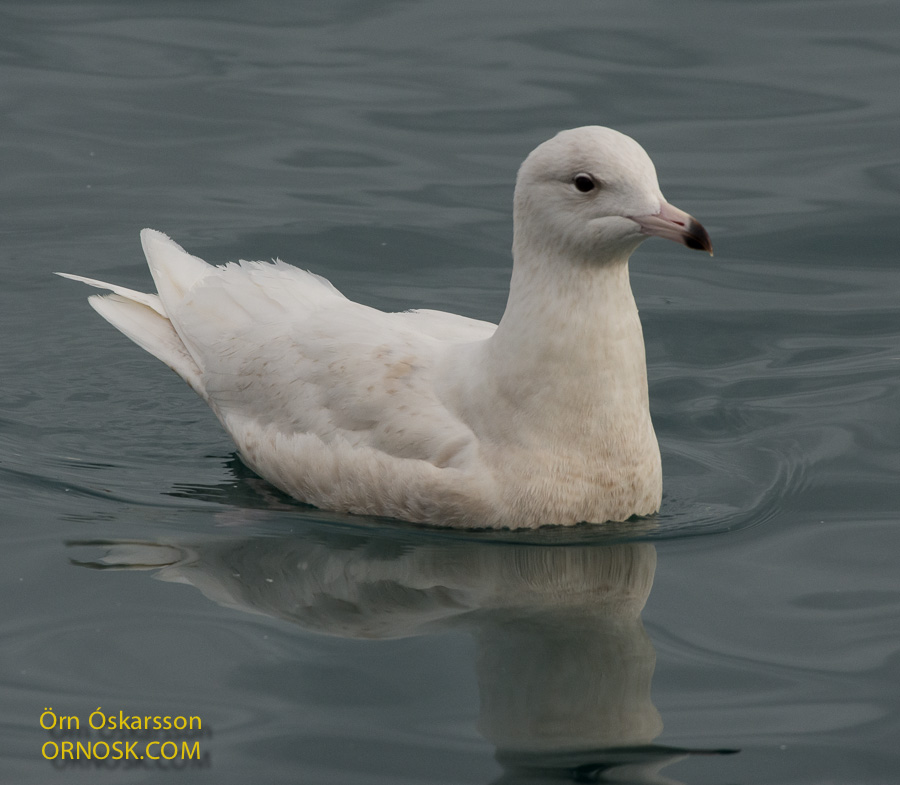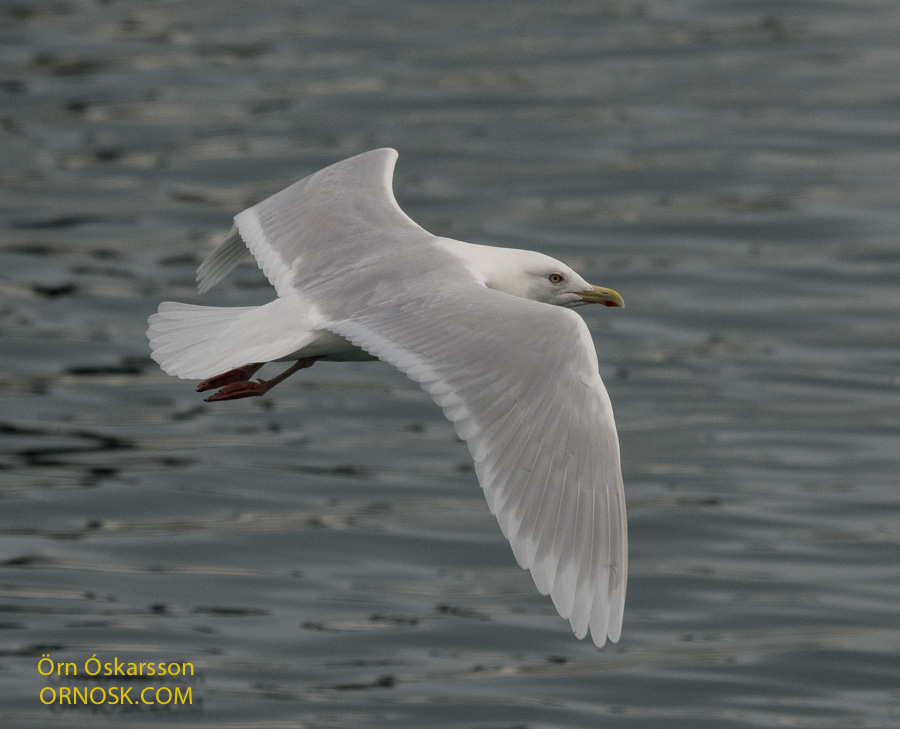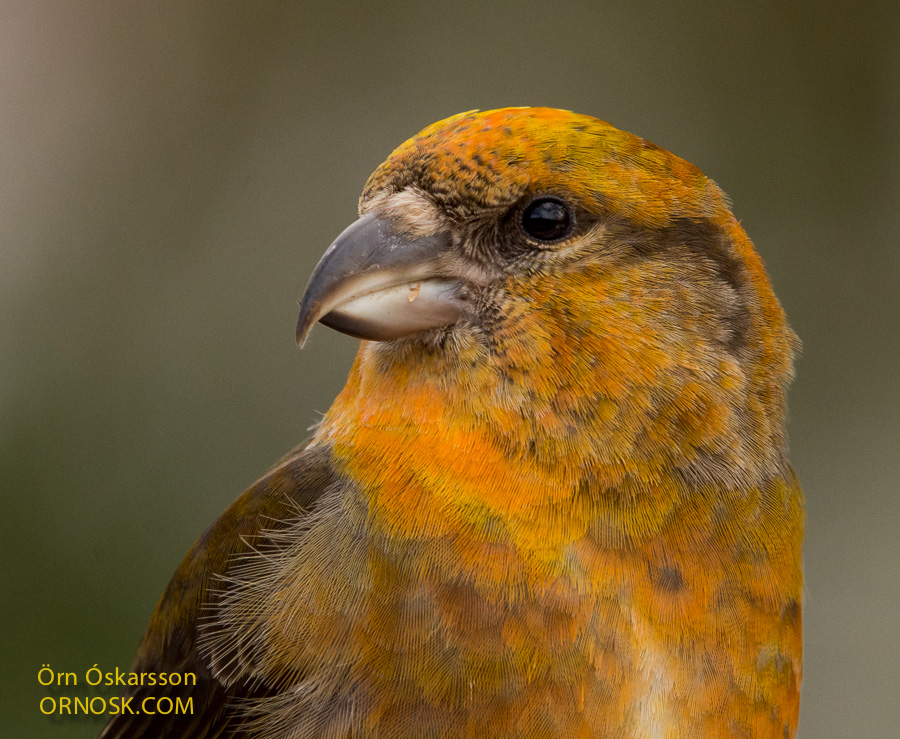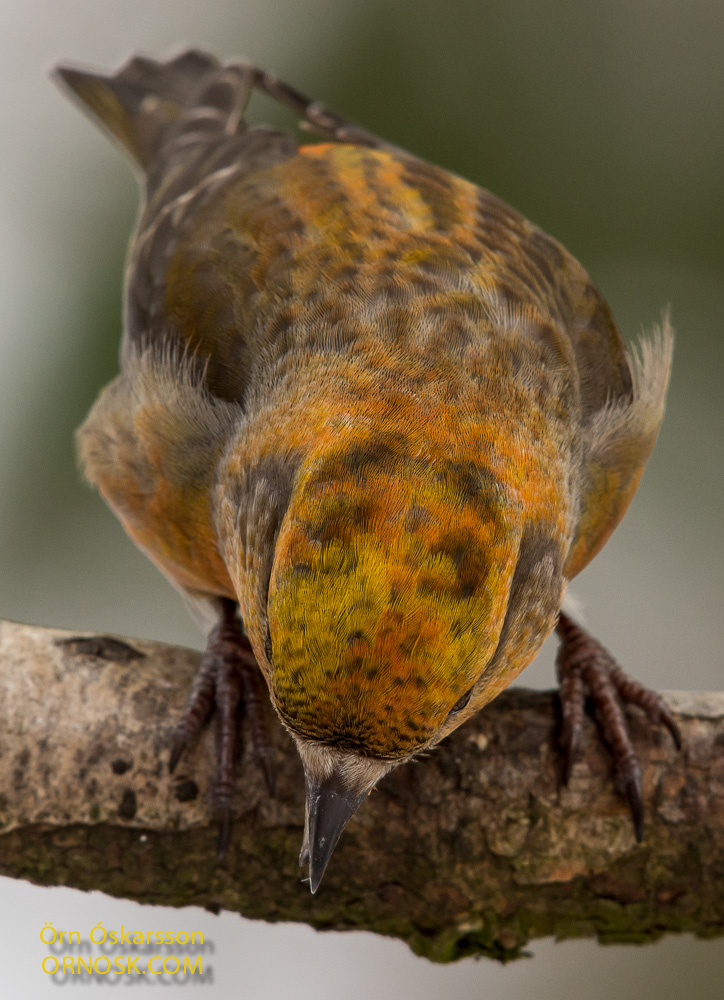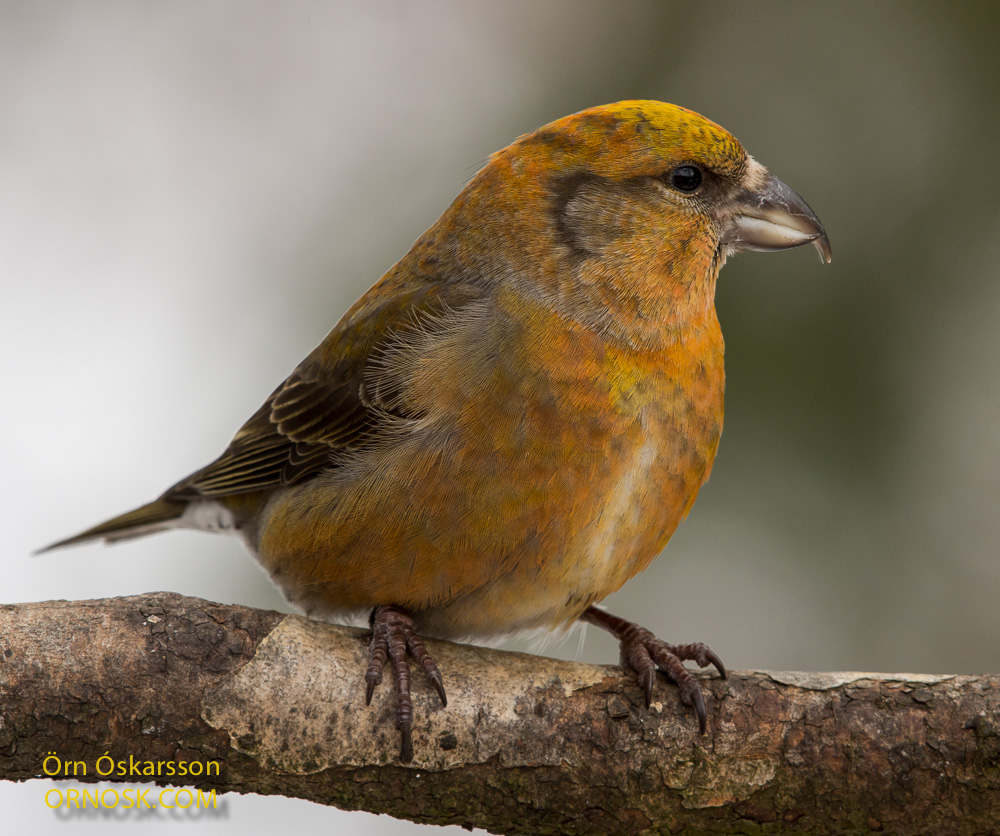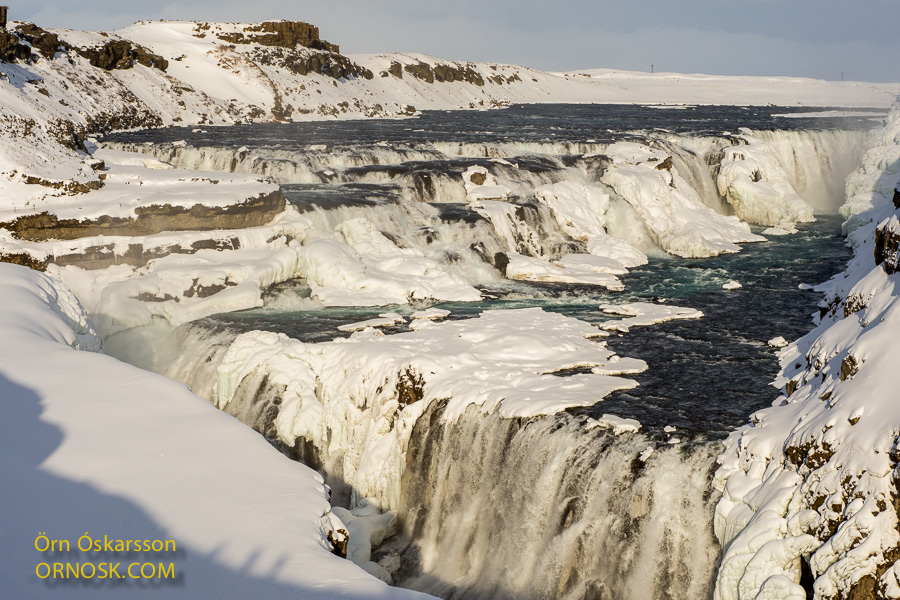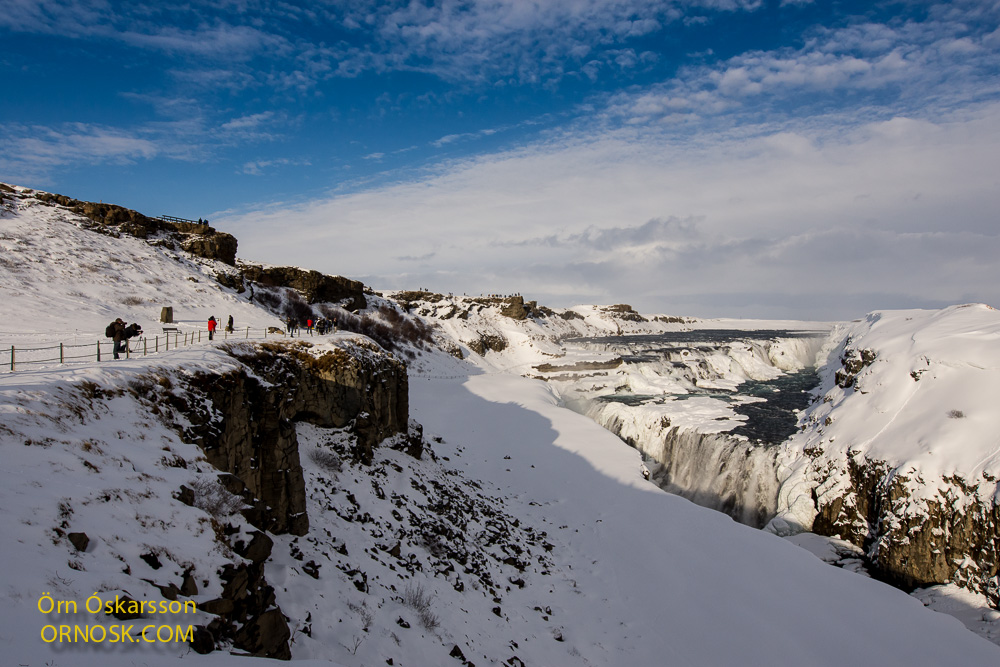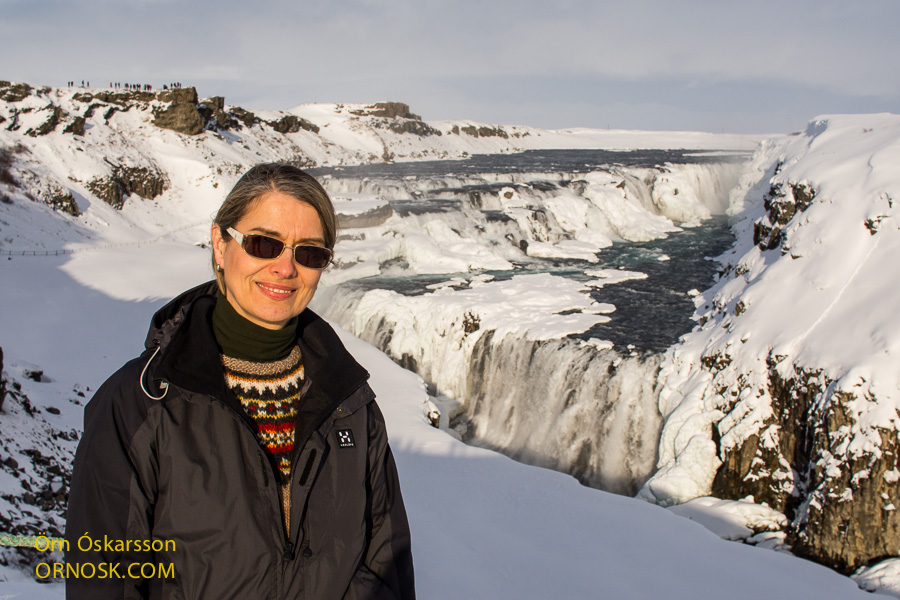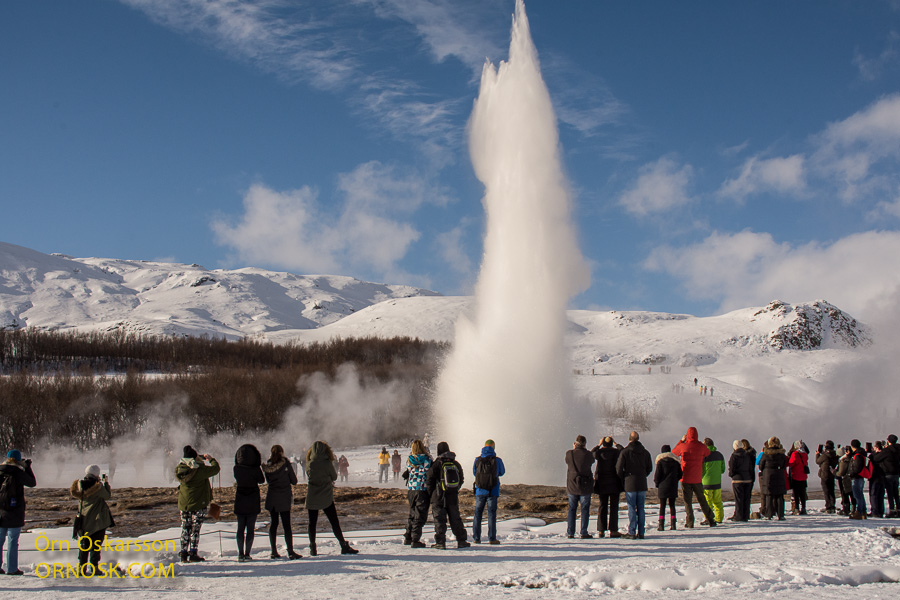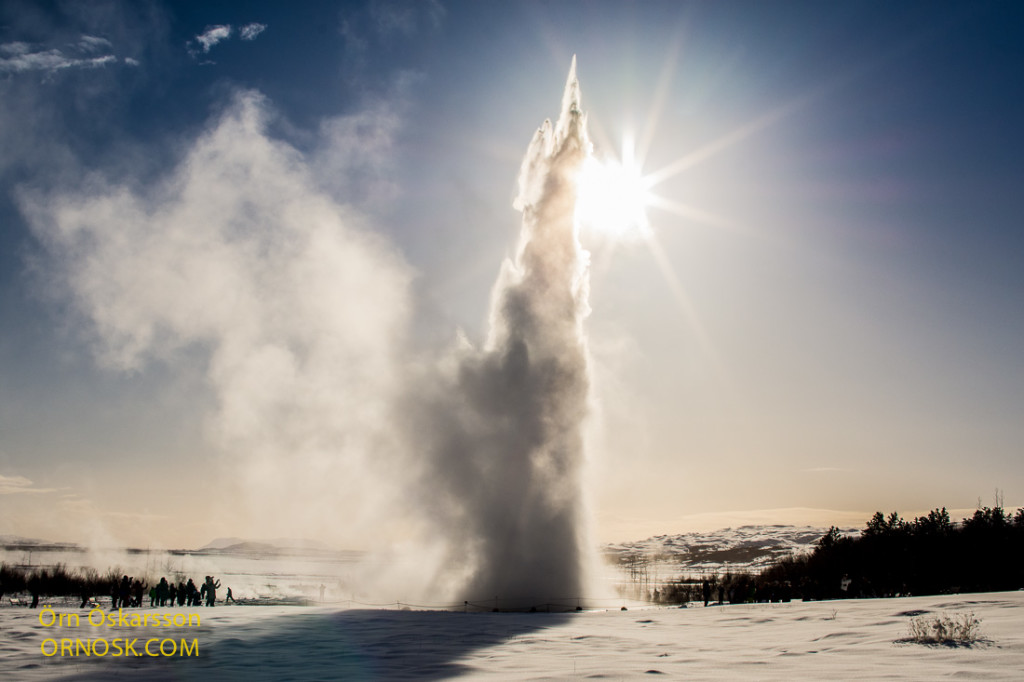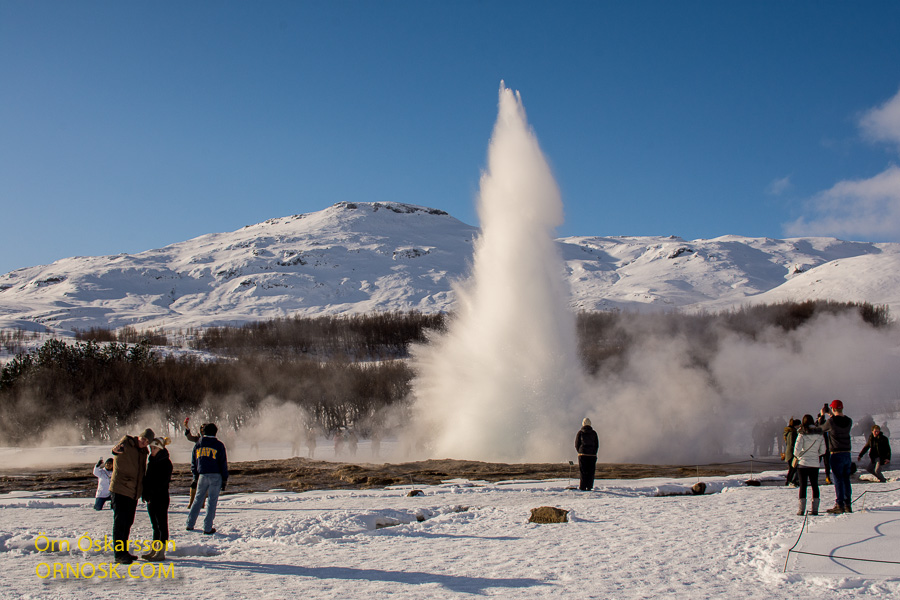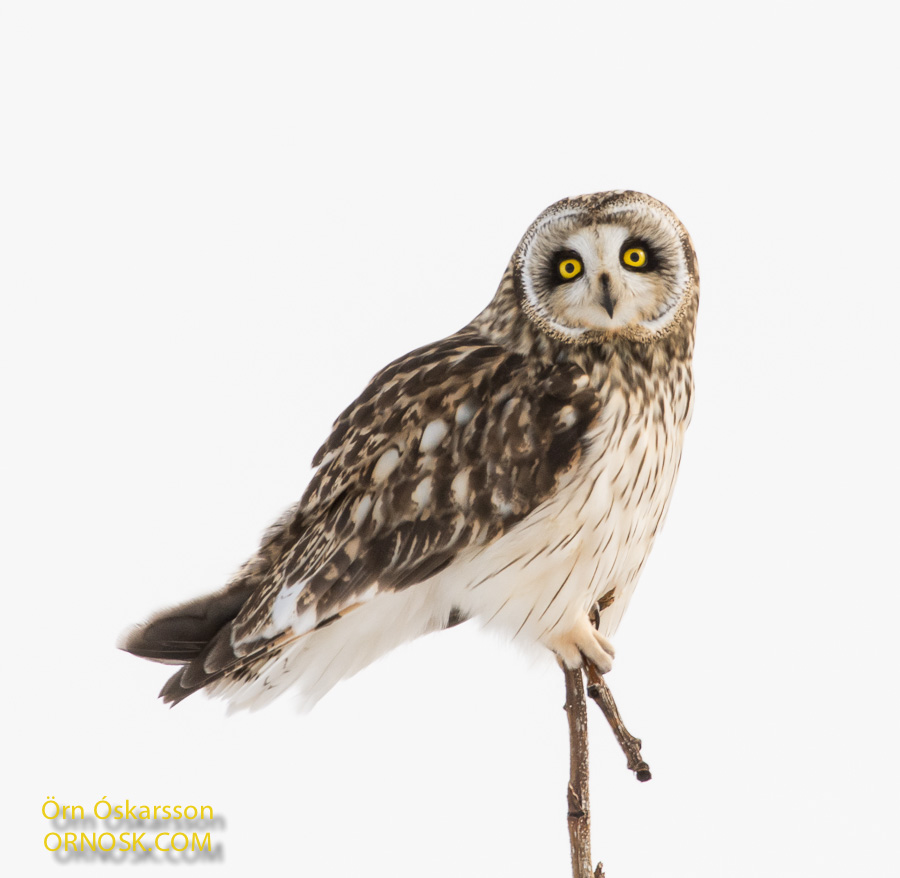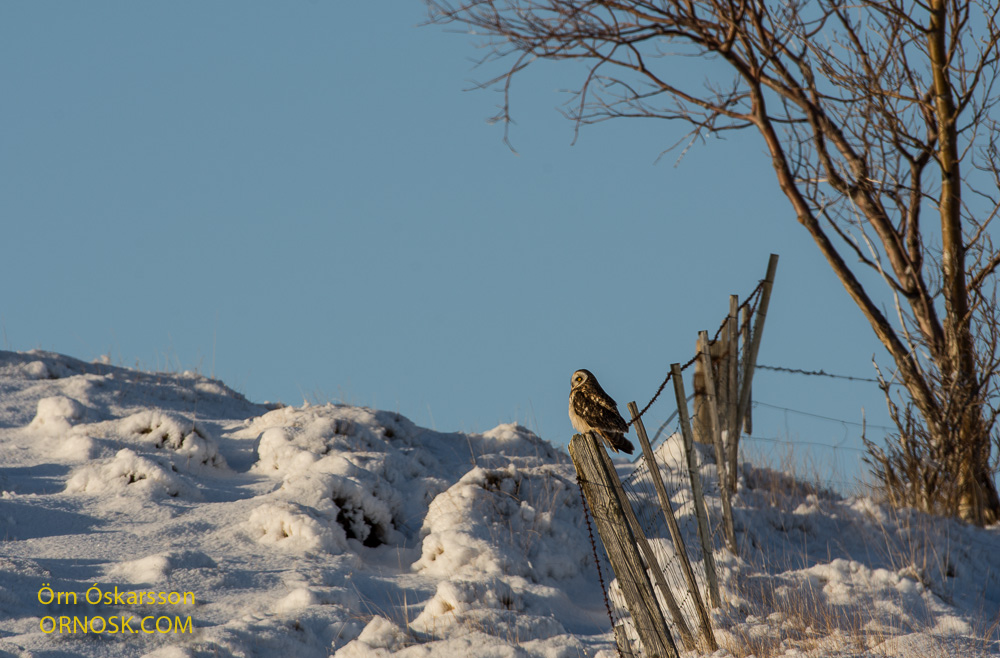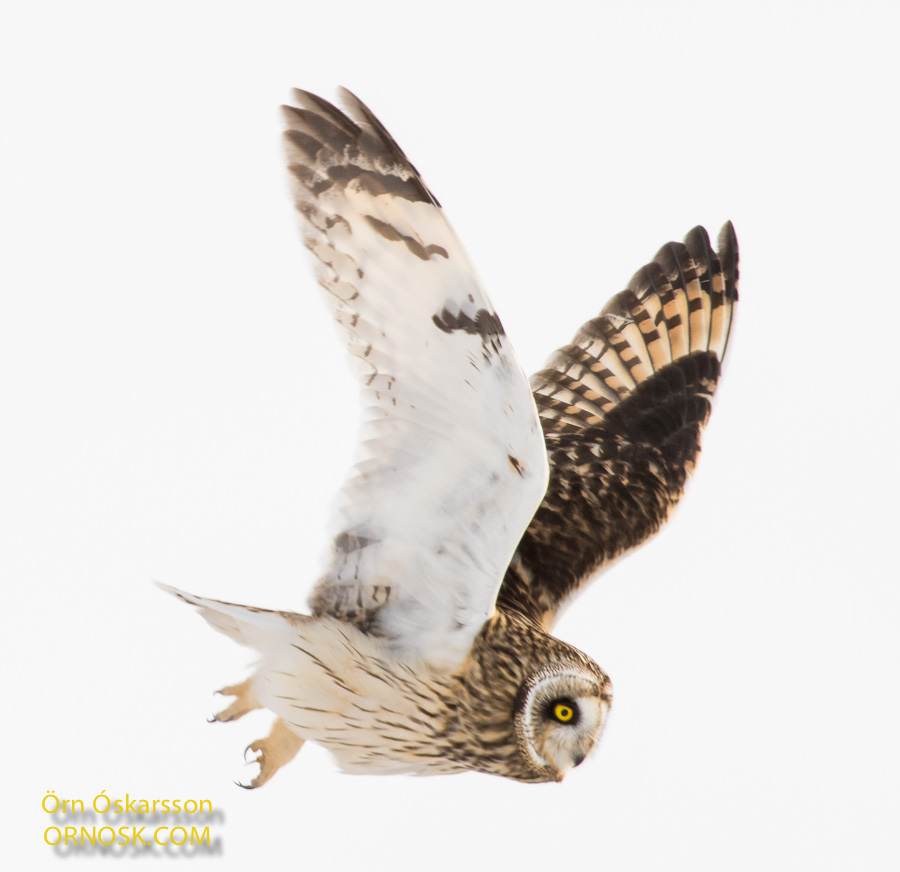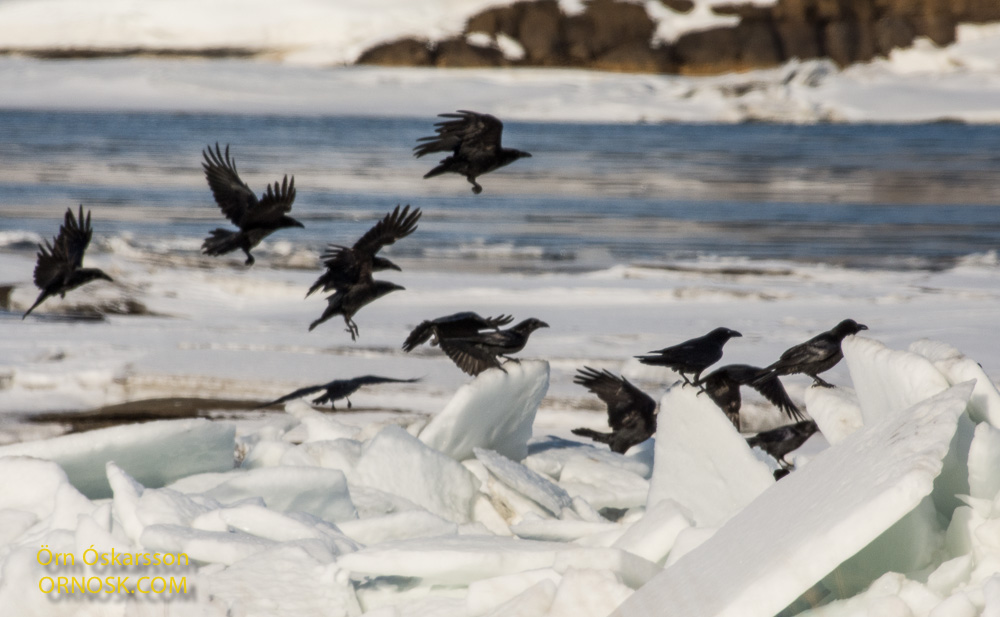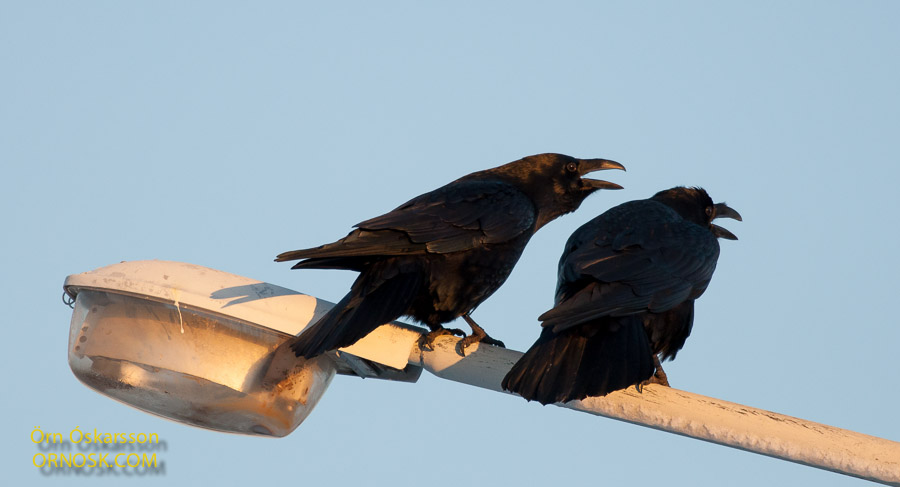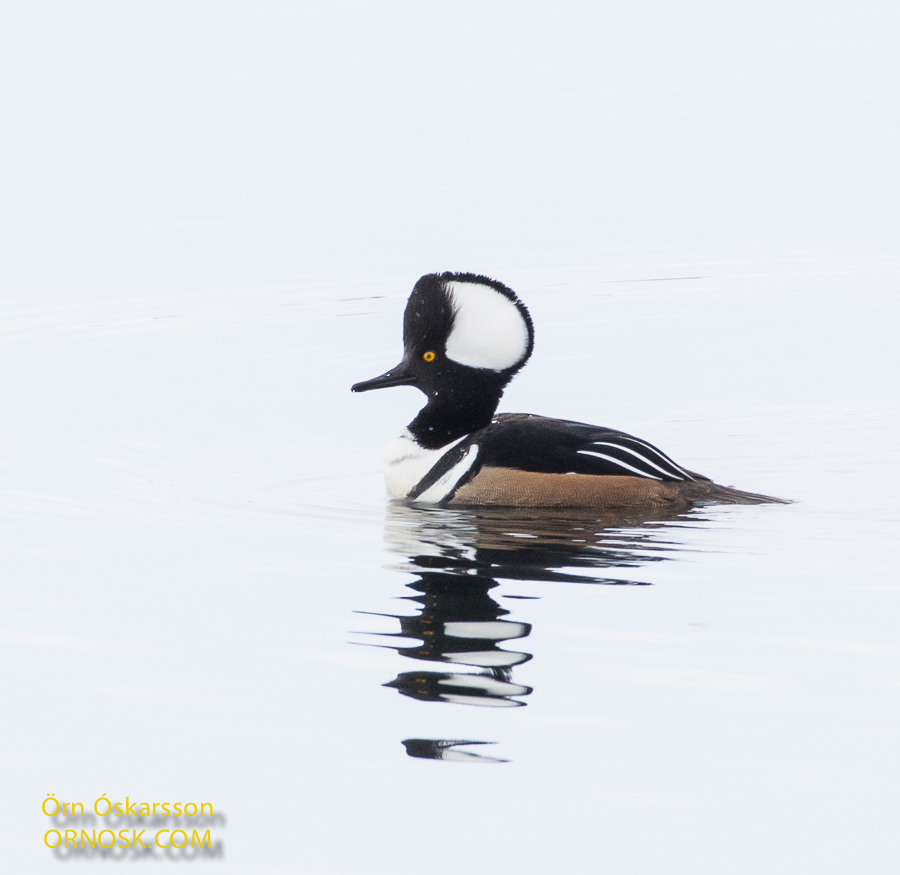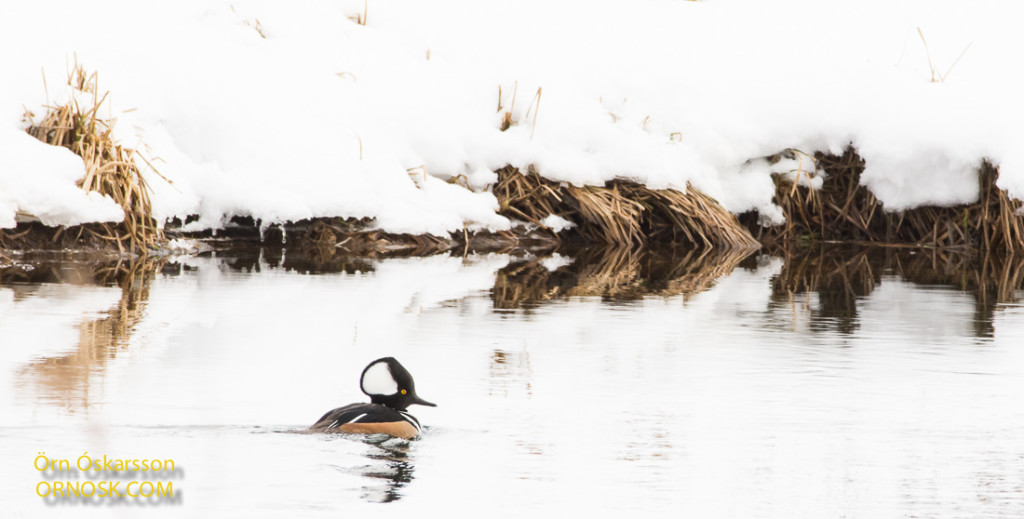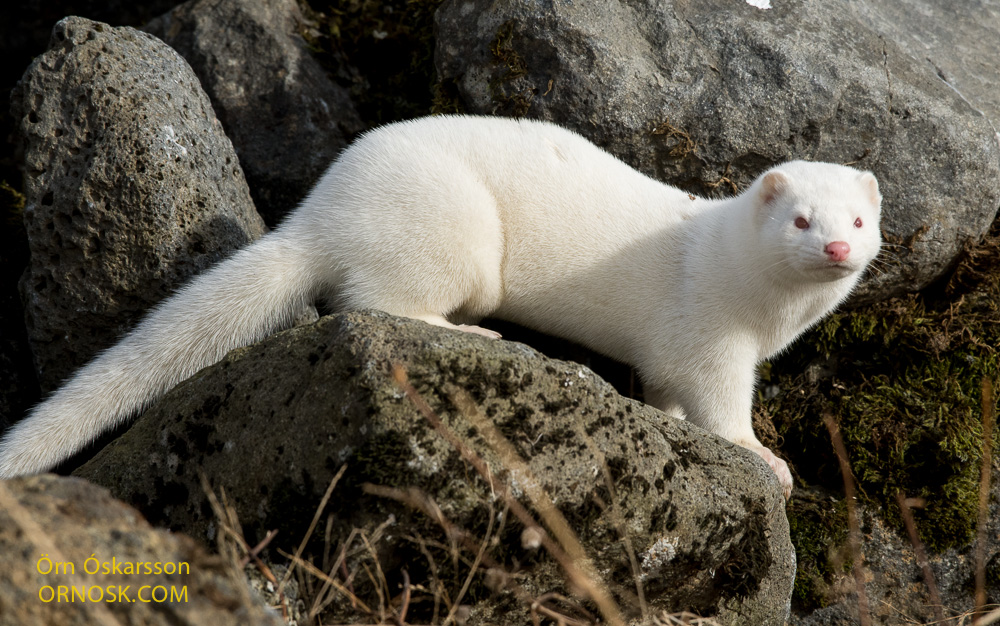
Minks were first imported to Iceland in the autumn of 1931. The first two mink farms were in Grímsnes and in Selfoss, South Iceland. Early on some escaped from their cages and took up permanent residence in the Icelandic nature. Now they can be found all over the country.
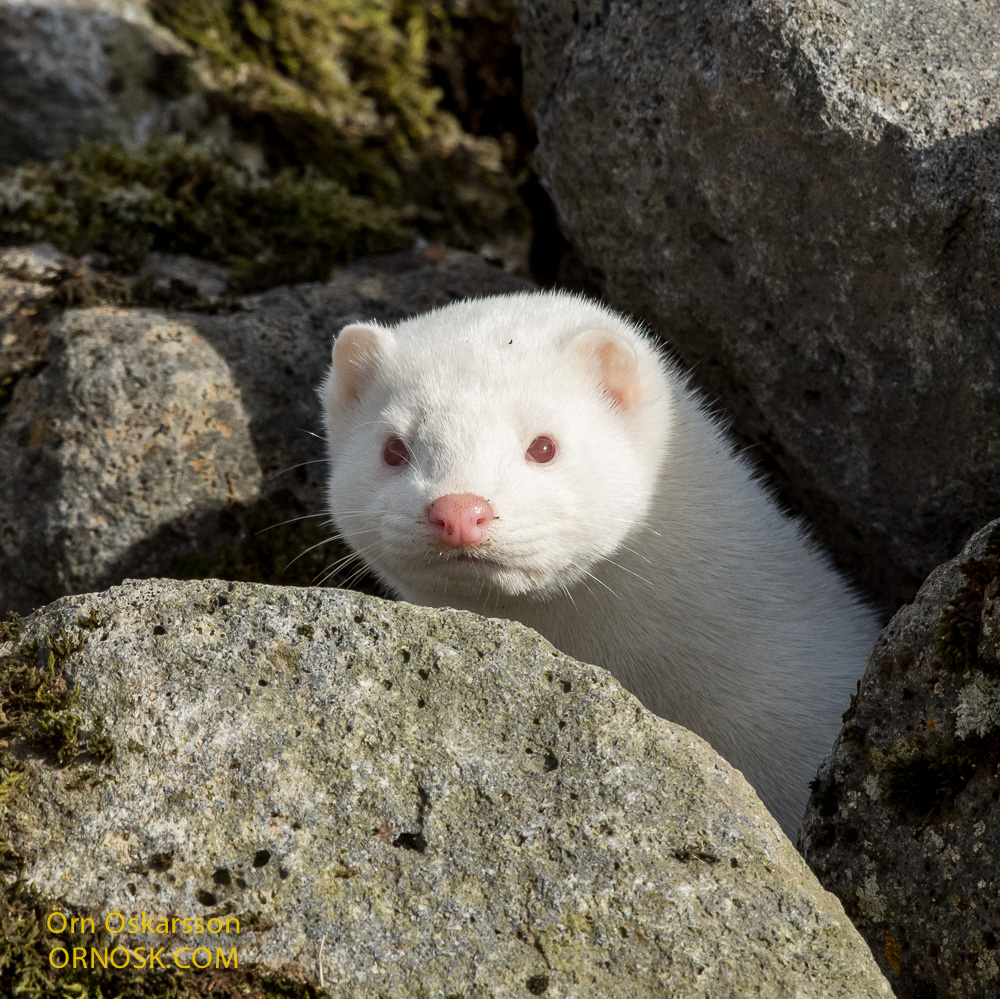
The first minks were imported from Norway but were of North American origin. The mink is usually dark brown with white patches on the lower part of the jaw and neck.
Later minks of different colour variations were imported; black, grey and white. These are the ones that are now bred in Iceland but they are not as tough and rarely survive in the Icelandic nature like the ones first imported.

